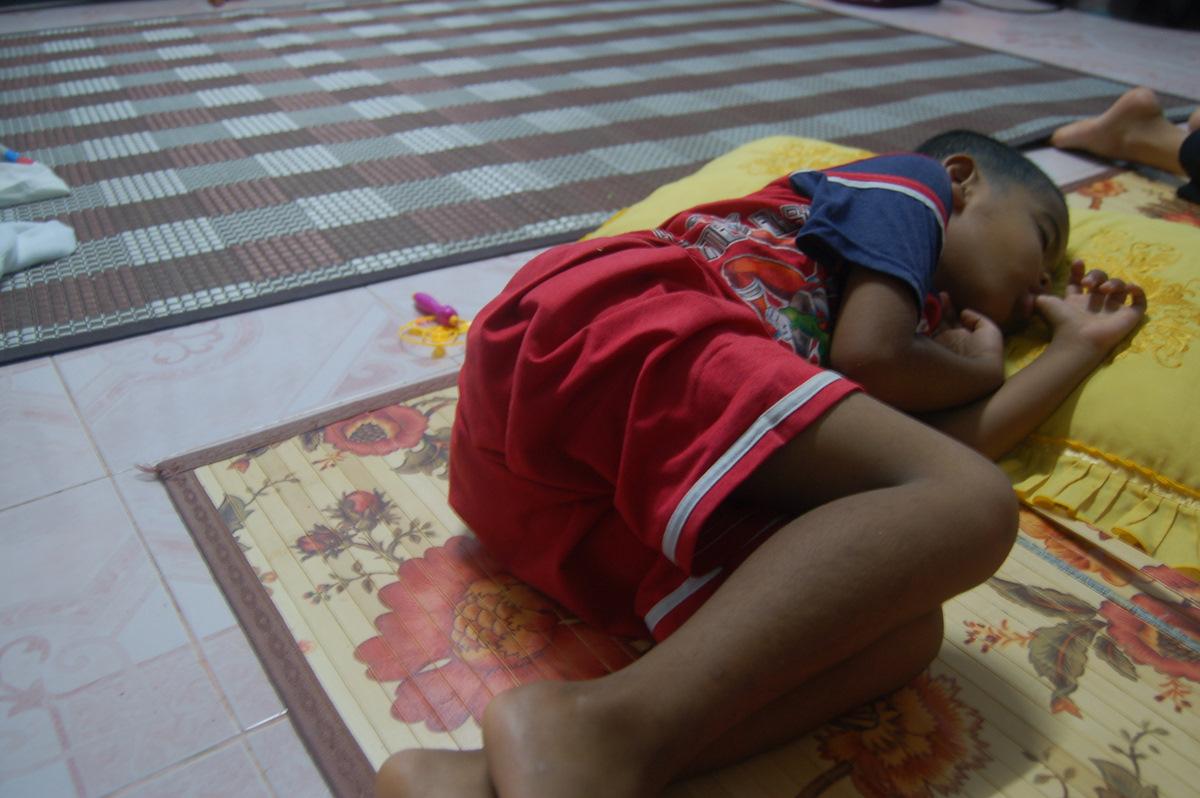Establishing healthy sleep routines for children can often feel like a daunting task for many parents. With the whirlwind of daily activities, homework, and the irresistible lure of screens, ensuring your child gets the rest they need might seem like an uphill battle. However, fostering good sleep habits is essential not only for their physical health but also for their emotional and cognitive development. In this guide, we will explore practical and compassionate strategies to help you create a calming bedtime routine that works for your family. By understanding the unique sleep needs of children and approaching bedtime with empathy and consistency, you can transform the end of each day into a peaceful and restorative experience for both you and your child.
Understanding the Importance of Sleep for Growing Minds
Sleep is a vital component for children’s development, impacting everything from their cognitive abilities to emotional well-being. During sleep, children’s brains are busy processing information, forming new neural connections, and storing memories. To support this crucial growth, establishing healthy sleep routines is essential.
Creating a consistent bedtime routine can help signal to your child that it’s time to wind down. Here are some strategies to consider:
- Set a regular bedtime: Aim for the same time every night, even on weekends, to regulate their internal clock.
- Create a calming environment: Dim the lights and reduce noise to help your child relax.
- Limit screen time: Avoid screens at least an hour before bed to prevent blue light from disrupting sleep.
- Encourage reading: A bedtime story can soothe and signal it’s time to sleep.
| Age Group | Recommended Sleep Hours |
|---|---|
| Infants (4-12 months) | 12-16 hours |
| Toddlers (1-2 years) | 11-14 hours |
| Preschoolers (3-5 years) | 10-13 hours |
| School-age (6-12 years) | 9-12 hours |
By prioritizing these elements, parents can cultivate an environment conducive to restful sleep, ensuring their child’s mind is well-rested and ready for the day’s adventures.

Creating a Calming Bedtime Environment
Creating a serene atmosphere in your child’s bedroom can significantly impact their ability to wind down and fall asleep peacefully. The right environment signals to their brain that it’s time to relax and rest. Here are some tips to help you craft a calming space for your child:
- Dim Lighting: Use soft, warm lights or a nightlight to create a gentle ambiance. Avoid bright lights or screens close to bedtime.
- Comfortable Bedding: Choose soft, breathable sheets and a cozy blanket. Let your child pick their favorite colors or patterns to make them feel more at home.
- White Noise or Soft Music: A gentle background sound can help mask disruptive noises. Consider a white noise machine or a playlist of soothing lullabies.
- Aromatherapy: Consider using calming scents like lavender or chamomile. Essential oil diffusers or scented sachets can create a soothing olfactory environment.
Establishing a consistent bedtime routine is also crucial. A predictable sequence of activities can help signal to your child that it’s time to transition from play to sleep. Here’s a simple routine you might consider:
| Time | Activity |
|---|---|
| 7:00 PM | Bath Time |
| 7:20 PM | Put on Pajamas |
| 7:30 PM | Read a Story |
| 7:50 PM | Quiet Time or Cuddles |
| 8:00 PM | Lights Out |
By integrating these elements into your child’s bedtime routine, you create a nurturing environment that promotes restful sleep and a sense of security.

Crafting a Consistent Sleep Schedule
Creating a regular bedtime routine for children is crucial for their overall well-being and development. Consistency helps regulate their internal clock, making it easier for them to fall asleep and wake up refreshed. Here are some strategies to help you set up a steady sleep pattern:
- Set a Bedtime: Choose a bedtime that allows your child to get the recommended amount of sleep for their age. Stick to this time even on weekends to maintain consistency.
- Create a Wind-Down Routine: Engage in calming activities such as reading a book, taking a warm bath, or listening to soothing music before bed. This signals the brain that it’s time to relax.
- Limit Screen Time: Reduce exposure to screens at least an hour before bedtime. The blue light emitted can interfere with the production of melatonin, the sleep hormone.
Consistency is key, but flexibility is also important. Understand that there may be nights when sticking to the routine is challenging. Be patient and make adjustments as needed. Below is a simple table to guide you on how much sleep your child needs based on their age:
| Age Group | Recommended Sleep |
|---|---|
| Infants (4-12 months) | 12-16 hours (including naps) |
| Toddlers (1-2 years) | 11-14 hours (including naps) |
| Preschoolers (3-5 years) | 10-13 hours (including naps) |
| School-age (6-12 years) | 9-12 hours |

Incorporating Relaxation Techniques into Bedtime Routines
Creating a serene environment for bedtime can be instrumental in helping children wind down after a long day. Incorporating relaxation techniques into their nightly routine can significantly enhance their ability to fall asleep faster and stay asleep longer. Here are some effective ways to introduce calming practices into your child’s bedtime schedule:
- Deep Breathing Exercises: Teach your child to take slow, deep breaths to calm their mind and body. You can guide them by breathing in for a count of four, holding for four, and exhaling for four. This simple technique can be both soothing and empowering for young ones.
- Progressive Muscle Relaxation: Help your child relax their muscles by guiding them through a process of tensing and then relaxing each muscle group. Start from their toes and work your way up to their head, encouraging them to notice the difference between tension and relaxation.
- Mindful Storytelling: Opt for stories that promote calmness and relaxation. Narrate them in a slow, gentle voice, incorporating pauses to let your child imagine and visualize the scenes, creating a peaceful transition into sleep.
Consider setting up a simple yet engaging table of relaxation activities that can be rotated throughout the week. This not only keeps the routine fresh but also helps in identifying which techniques work best for your child.
| Day | Relaxation Activity |
|---|---|
| Monday | Deep Breathing |
| Tuesday | Mindful Storytelling |
| Wednesday | Gentle Yoga |
| Thursday | Progressive Muscle Relaxation |
| Friday | Soothing Music |
By integrating these calming activities into your child’s evening routine, you not only help them transition smoothly into sleep but also instill lifelong habits that promote overall well-being and emotional resilience.








































